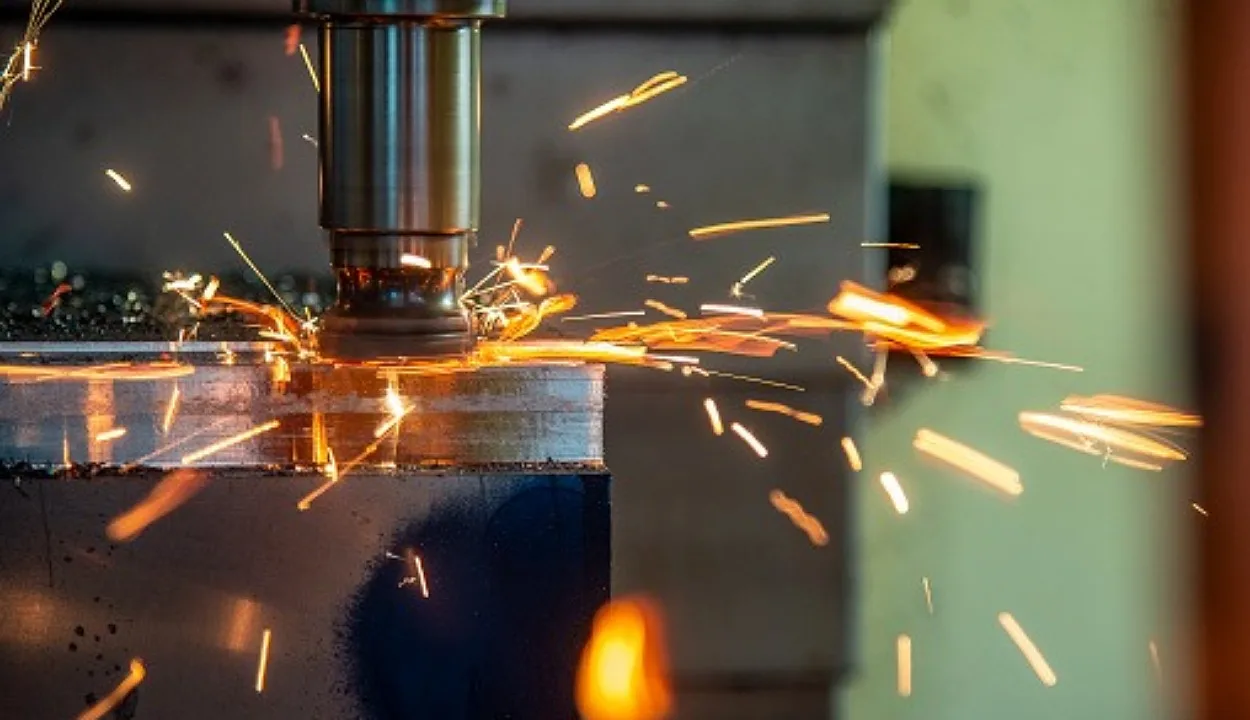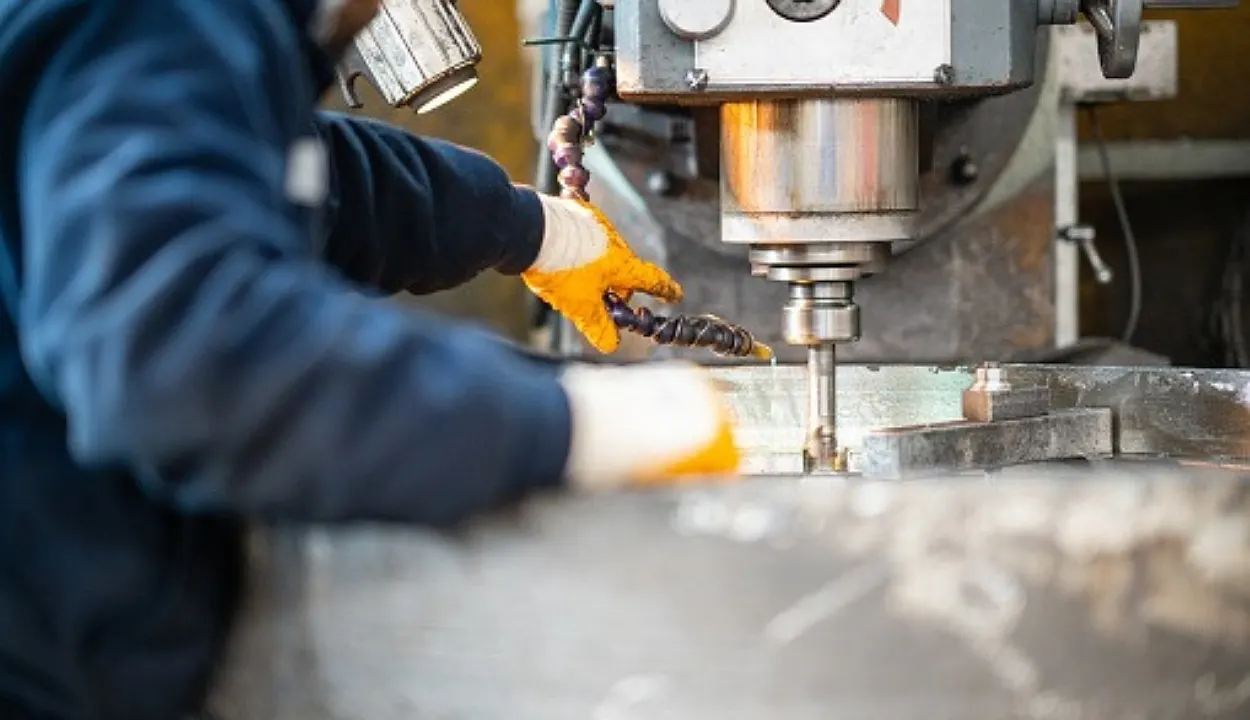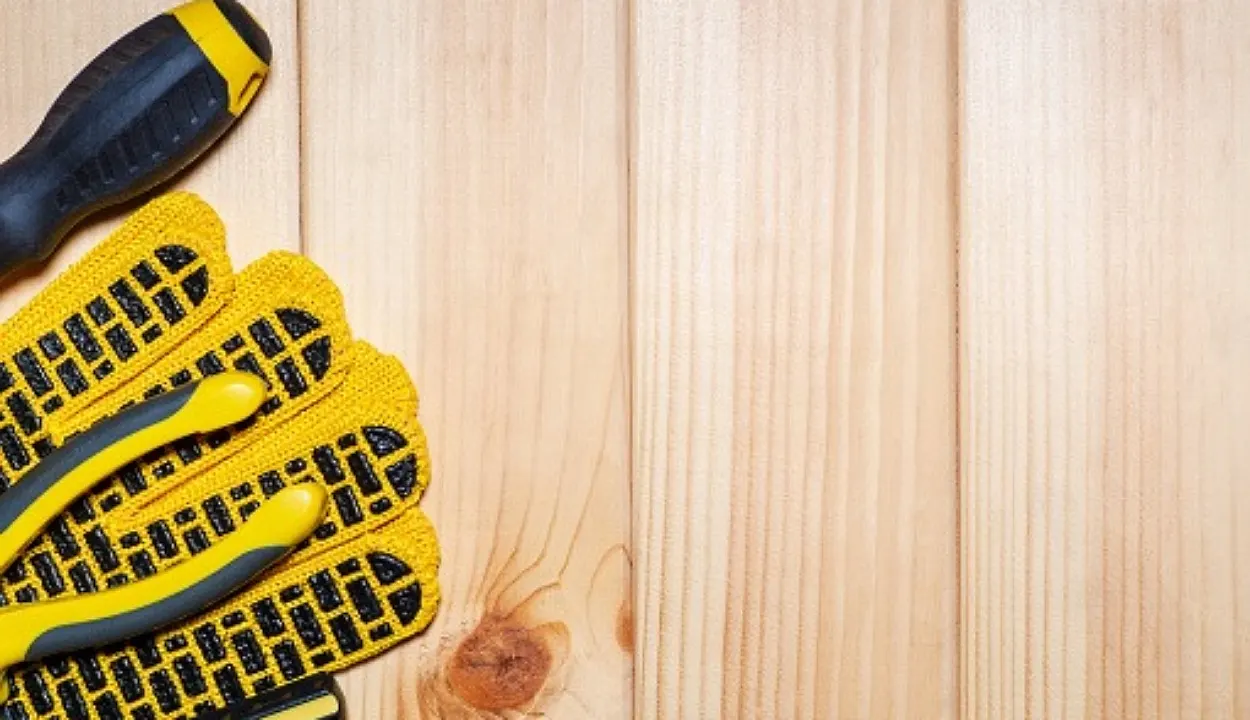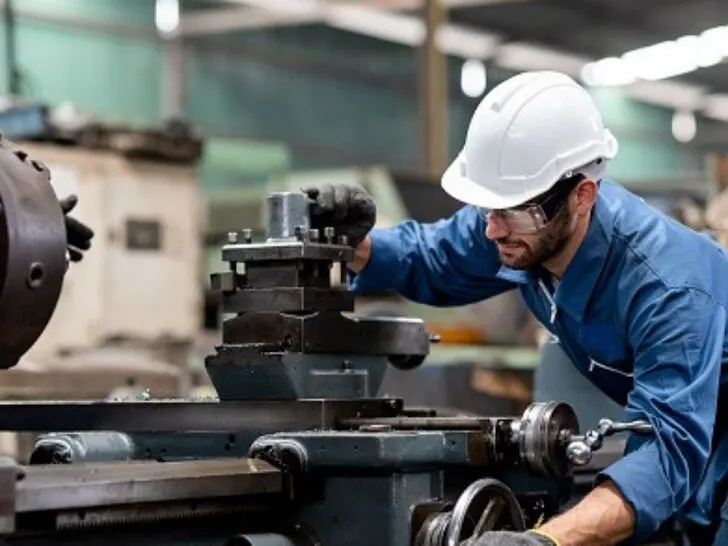For manufacturers, having the appropriate tooling in place is crucial. Products are improperly manufactured if the tools are ineffective. Because of this, the success of all other types of manufacturers depends on the device, die, and mold manufacturers.
Any device that minimizes the effort required by humans to complete a task is a machine. A machine is formally defined as a collection of mechanisms grouped to perform specific tasks using electrical, mechanical, hydraulic, and pneumatic power.
Therefore, a machine is typically powered by electricity and offers mechanical advantage (MA) to perform tasks with less human involvement.
The process of purchasing production-related machinery and manufacturing supplies is known as tooling, also referred to as machine tooling.
Fixtures, jigs, gauges, molds, dies, cutting tools, and patterns are some common categories of machine tooling. The lifecycle, quality, and cost of a product are directly impacted by proper tooling and output capacity.

Machining
The term “machining,” used in the manufacturing industry, refers to various technologies and methods. Using power-driven machine tools can be roughly described as removing material from a workpiece to shape it into the desired design.
Most metal components and parts must be machined in some way during manufacturing. In addition to paper products, plastics, rubbers, and other materials are frequently created through machining techniques.
Let’s explore machining, its workings, and the tools and technologies employed.
| What Kinds Of Machining Are There? | The three primary machining operations are turning, drilling, and milling. |
| Drilling: Drilling creates a round hole by rotating a cylindrical tool perpendicular to the workpiece’s axis of rotation. | The diameter of the hole made by the tool is the same. |
| Turning: Turning entails rotating the workpiece while a single-edged cutting tool remains stationary. | This process is also known as lathing. The cutting tool gradually removes material as it moves slowly parallel to the workpiece’s rotational axis. |
| Milling: Milling is removing material from a workpiece with rotary cutters in a feed motion perpendicular to the cutting tool’s axis of rotation. | One of the most popular types of machining today is this. Various operations are those that, strictly speaking, might not be considered machining operations because they might not produce swarf, but they are still carried out on a specific machine tool. |
What Advantages Does Machining Offer?
Machining has several benefits, including:
Reliability
No matter the time or week of the year, the machining process goes on as usual. The materials and chips are produced into finished products and sold as high-quality tools.
Because they typically occur when maintenance or repairs are required, breakdowns are uncommon. Machines operate consistently, regardless of what day of the week, the weekend, or a holiday.
Less Human Labor Is Needed
The automation of machining in manufacturing industries is a result of technological advancement. The process is primarily managed by computers or robots, which typically reduce production costs by doing the work of human workers.
The process requires little oversight and supervision during the controlled material addition.
Strong Production
The procedure results in high productivity because workers typically complete a significant amount of work quickly, including milling, spinning, drilling, and better surface finishing.
Increased Revenue And Decreased Effort
Your metal products need to be machined for increased profits and decreased work, which is a great reason. Some people might be curious as to how machining relates to higher profits.
The fact is that machining makes things a little more expensive, but it also has a lot of advantages. Despite this benefit, it is always advisable to ensure the machine is suitable and operates without errors before making a purchase.
How Are Machines And Machines Tools Different?
Machine and machine tools are not precisely the same in the manufacturing industry, particularly in the machining or metal-cutting fields. If a machine only has a few characteristics, it can be called a machine tool.
A device is a machine tool if it has the following features. It is important to note that all five requirements must be met to refer to a machine as a machine tool.
- It needs to be powered (human-operated machines are not machine tools).
- It needs to be stationary (portability irrespective of size).
- It must have enough worth (value in terms of capability and performance, not based on cost).
- It is capable of carrying out various machining and metal-cutting tasks.
- To remove extra material from the workpiece, a cutting tool is used.
How Do Machining Tools Work?
A machine tool is a device used to manipulate or deform rigid materials, typically metal or other materials, by cutting, boring, grinding, shearing, or other means. Machine tools use some tools to perform the cutting or shaping.
- Every machine tool provides a means of limiting the workpiece and directing the movement of the machine’s parts.
- Thus, rather than being entirely “offhand” or “freehand,” the relative motion between the workpiece and the knife blade (known as the toolpath) is at least partially controlled or constrained by the machine.
- It is a mechanical metal working device that uses power to help regulate the required relative movement between the cutting and the workpiece, allowing the shape and size of the job material to be changed.
- These days, machine tools are frequently propelled by sources other than human muscle power (such as electricity, hydraulics, or line shafts).
- They are used to manufacture manufactured parts (components) in various ways, including cutting and a few other types of deformation. Machine tools’ inherent precision made it possible to produce interchangeable parts at a low cost.

Tooling
Tooling also referred to as machine tooling, has been used to describe the process of supplying a factory or industry with the tools and equipment required for a specific manufacturing process.
Cutting tools, jigs, fixtures, gauges, dies, molds, patterns, etc., are all examples of tooling. The tools needed change depending on the type of production. Style, size, and other process requirements all play a role.
The proper tooling is essential to getting the job done correctly and maintaining peak operations. The manufacturing process is rendered ineffective without the correct tooling. The quantity, quality, life, and cost of production are all directly impacted by changes to the tooling.
All phases of the manufacturing process involve the use of machine tools. Tools are used for everything from machining to inspection. They’re employed for cutting, clamping, aligning, assembling, inspecting, etc.
Describe A Cutting Tool. What Makes It Unique From A Machine Tool?
A cutting tool, also known as a cutter, is a small, sharp-edged wedge-shaped tool mounted on a machine to carry out metal cutting or machining operations.
With the aid of a cutting tool, extra material is gradually removed from the workpiece during machining in the form of chips. Therefore, a cutting tool holds the cutting tool while a machine tool compresses a thin layer of material on a workpiece to shear it off (or to cut that layer).

The machine mounts the cutting tool firmly, mounting the workpiece and supplying all necessary relative motions for cutting action. A synchronous movement between the cutter and workpiece is essential to remove material from a work surface effectively and swimmingly.
Final Thoughts
- This article presents a scientific comparison of machining and tooling.
- In this piece, machining and tooling are compared scientifically.
- “machining” in the manufacturing sector describes various techniques and technologies.
- The machining process continues as usual, regardless of the day of the week or the season.
- A great reason to machine your metal products is to increase profits while reducing work.
- Providing a factory or industry with the tools and equipment necessary for a particular manufacturing process has been referred to as tooling, also known as machine tooling.
- Tooling includes cutting tools, jigs, fixtures, gauges, dies, molds, patterns, etc.
Related Articles
“In the Office” VS “At the Office”: Differences
On the Market VS In the Market (Differences)

